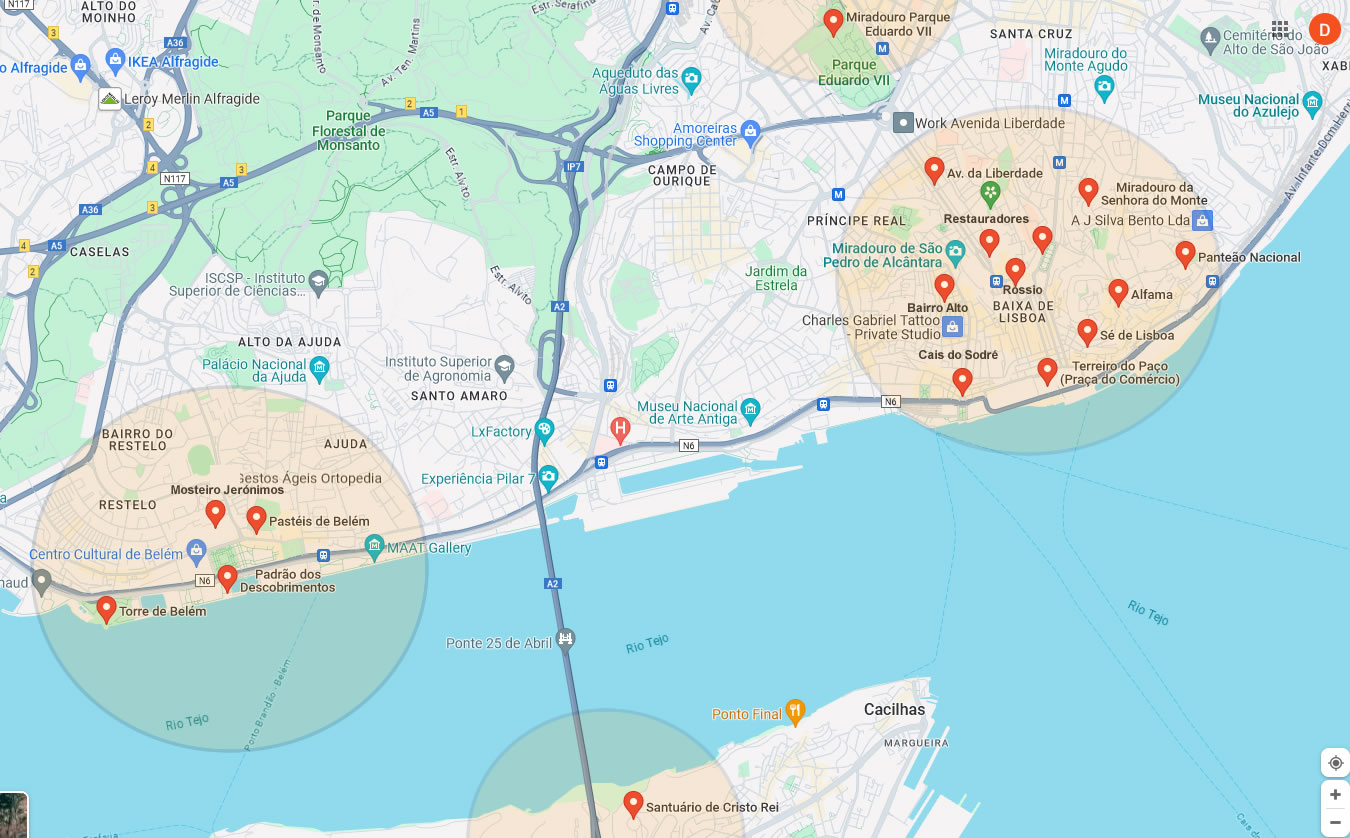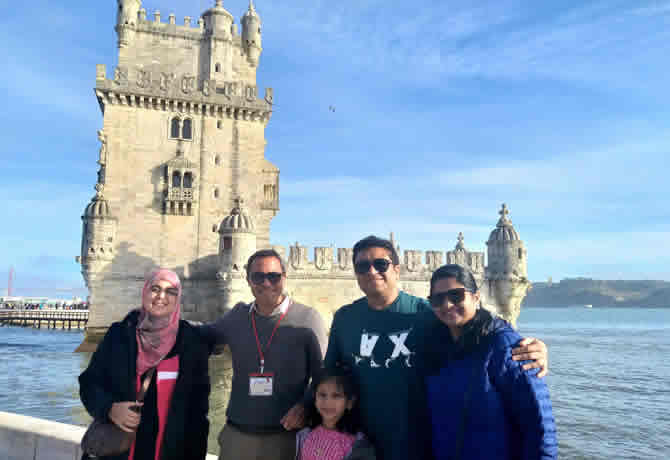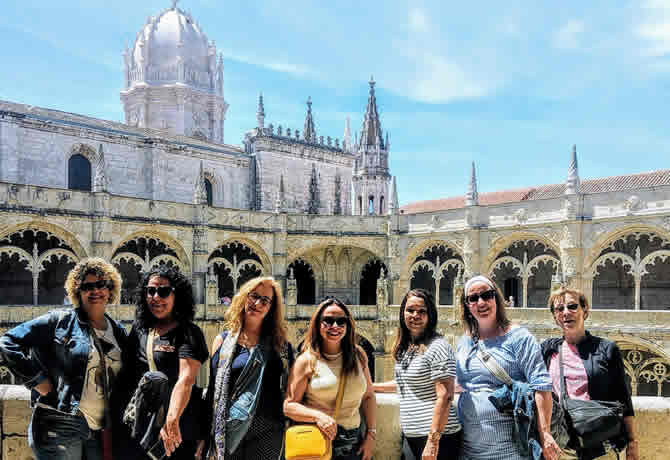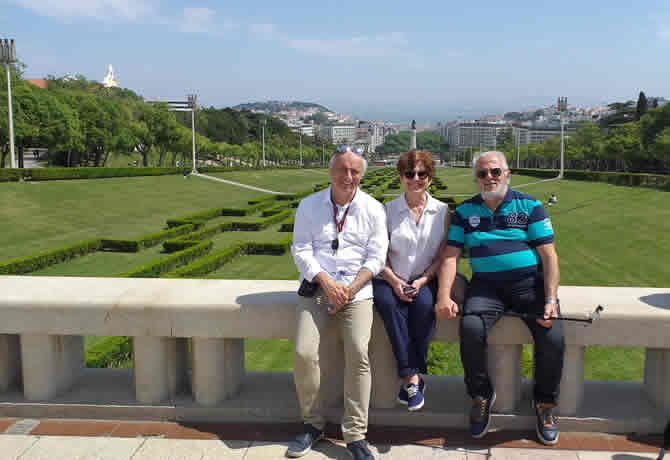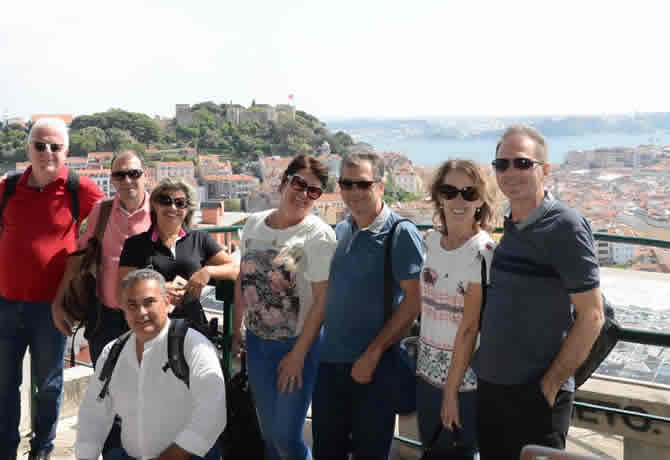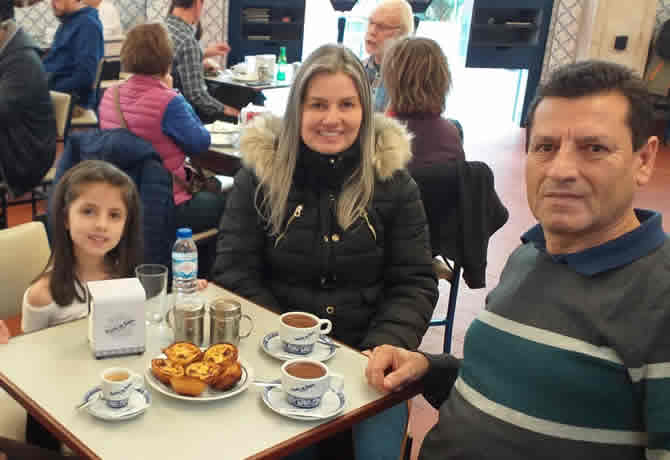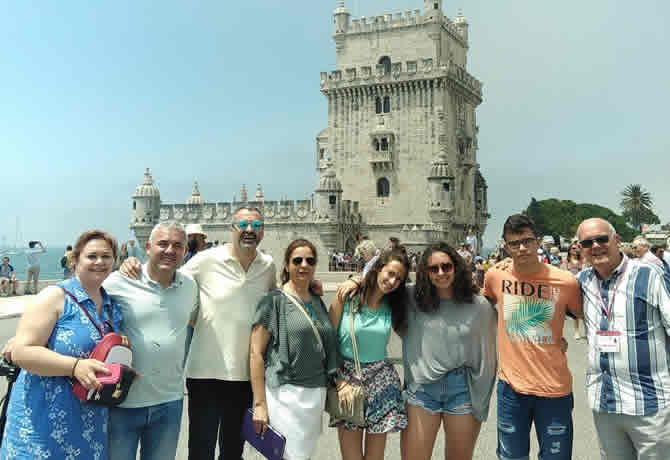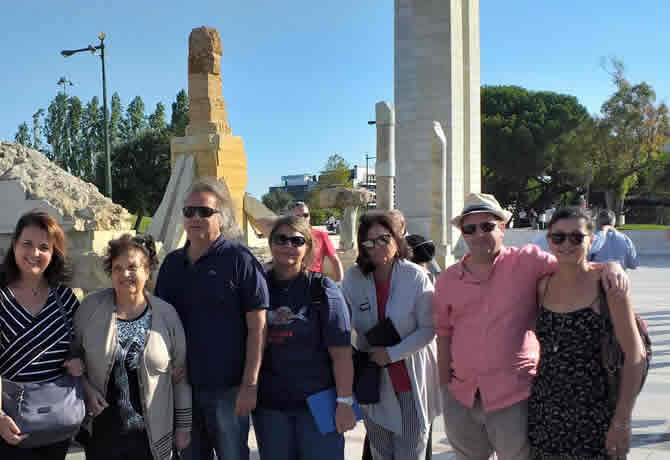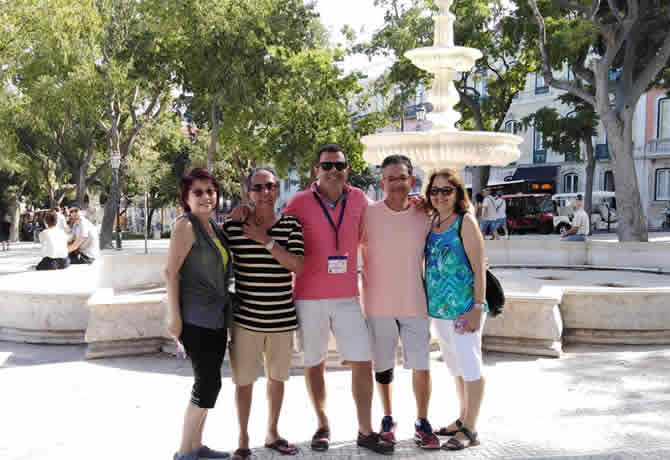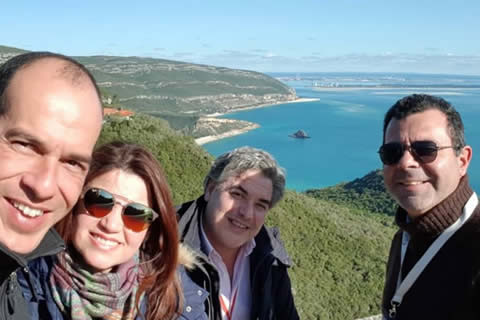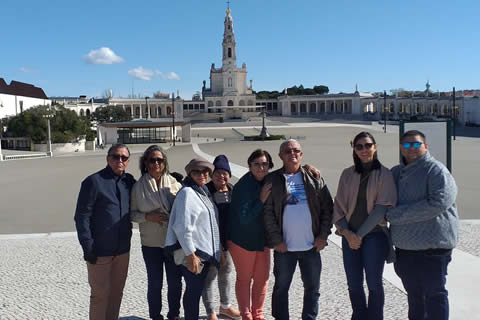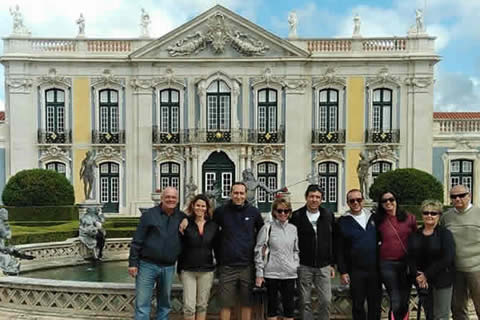Overview City Tour Lisbon Group Max 8 people
Lisbon,the capital of Portugal, is a fascinating city with a rich history, vibrant culture and a charming atmosphere. Here are some highlights about Lisbon: Of course, visiting Lisbon is an incredible experience! If you are looking for a city tour in Lisbon, there are several options available. Here is an example of what we highlight in our itinerary Cristo Rei The Sanctuary of Christ the King, or Christ the King, is an iconic statue of Jesus Christ located on the south bank of the Tagus River, in Almada, Portugal, in front of the city of Lisbon Belém: a historic district known for its cultural and architectural importance. Visit the Torre de Belém, a fortress on the banks of the Tagus River, classified as a World Heritage Site by UNESCO. Explore the Jerónimos Monastery, a stunning example of Manueline architecture and also a UNESCO World Heritage Site. Don't forget to try the famous Pastéis de Belém, a local pastry delicacy. Historic Center: Stroll through the historic center of Lisbon, including Baixa Pombalina, rebuilt after the 1755 earthquake. Visit Praça do Comércio, one of the largest squares in Europe, overlooking the Tagus River. Climb to the top of the Santa Justa Elevator for panoramic views of the city. Alfama: Explore the picturesque neighborhood of Alfama, the oldest in Lisbon, known for its narrow, winding streets. If possible, visit São Jorge Castle, an old Moorish fortress with stunning views over the city. Chiado and Bairro Alto: Stroll through the charming streets of Chiado, known for its fashion stores, art galleries and historic cafes. Explore Bairro Alto, famous for its lively nightlife and bohemian atmosphere.
Highlights
- We passed the 25 April Bridge and visited Cristo Rei
- Belem Area: Jerónimos Monastery, Belem Tower, Padrao Descobrimentos
- Belem Pasteis Factory
- Lisbon Viewpoints
- Alfama, Baixa Pombalina and Chiado
- This is a small group tour with a maximum of 8 People per Vehicle, which guarantees a personalized experience


